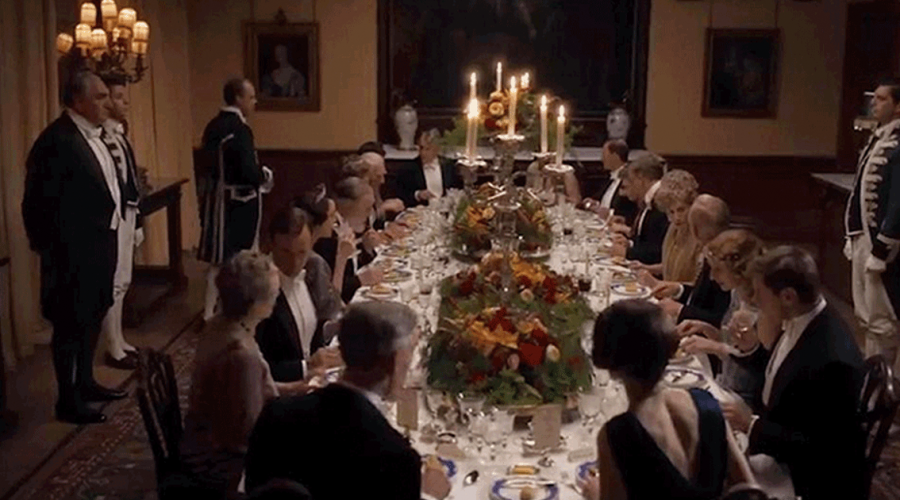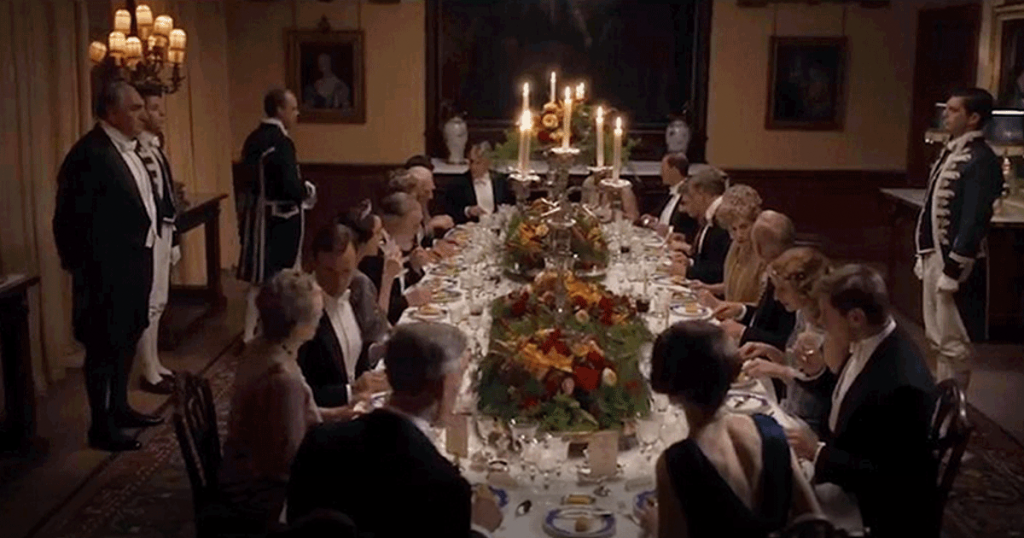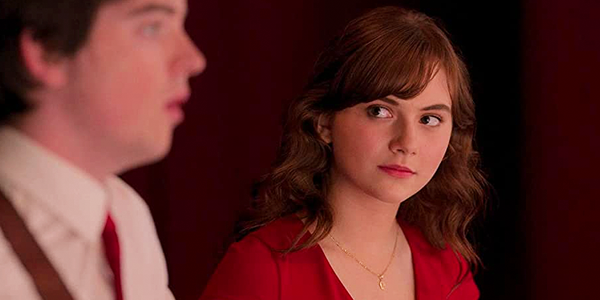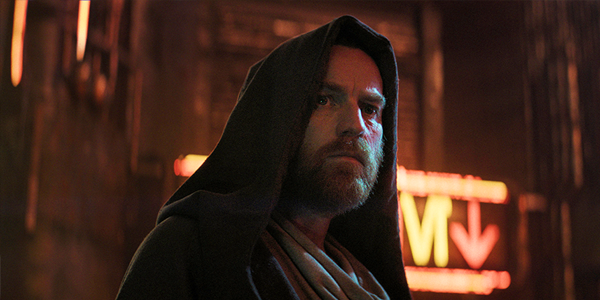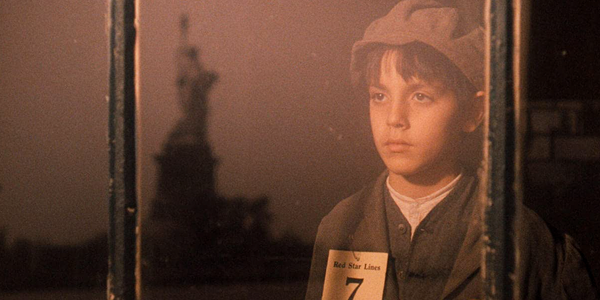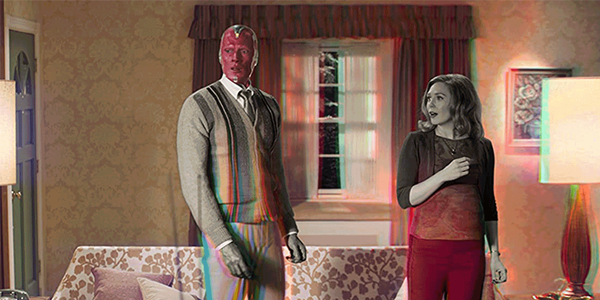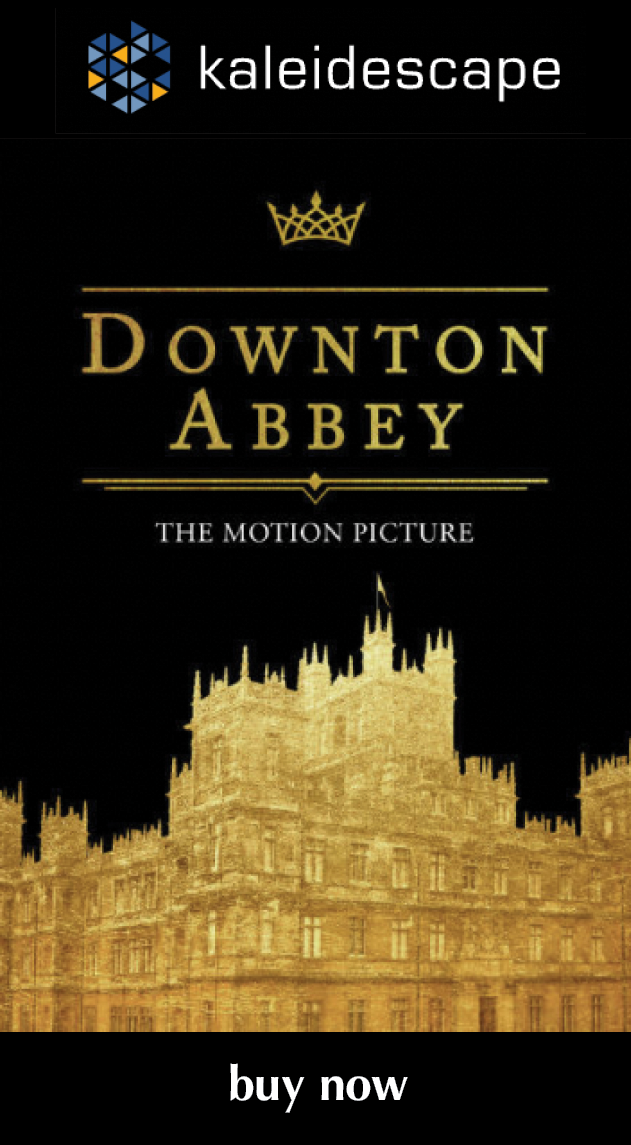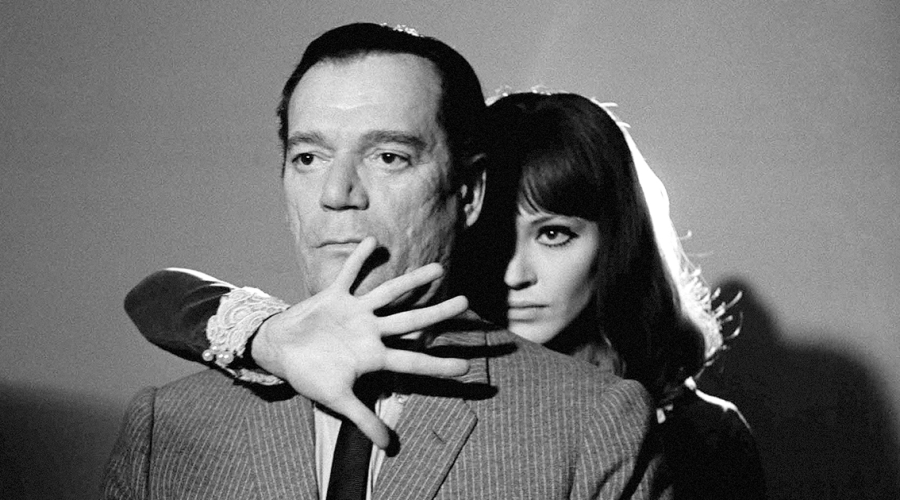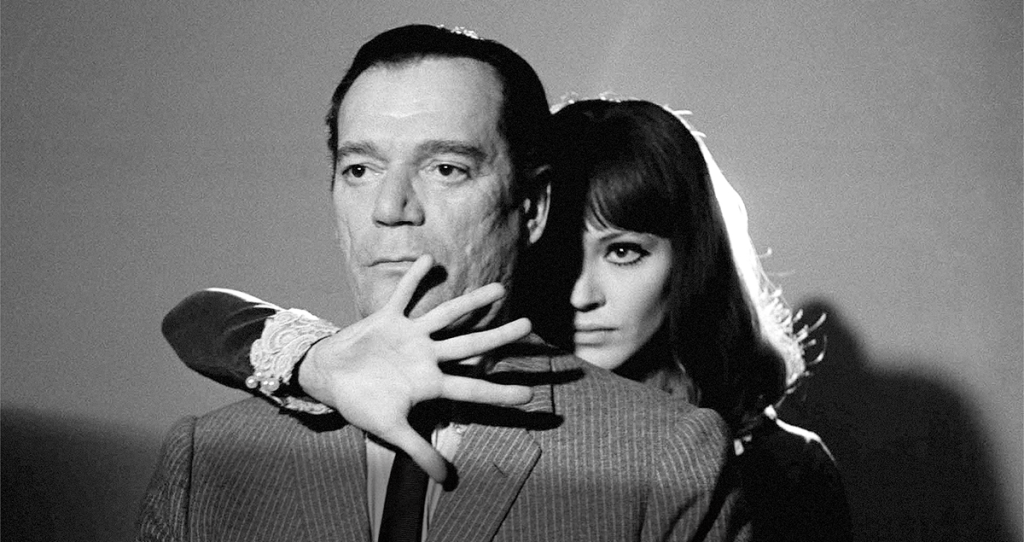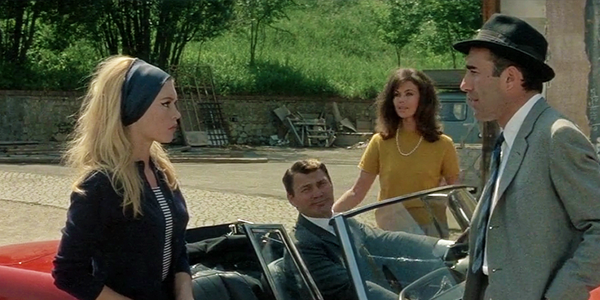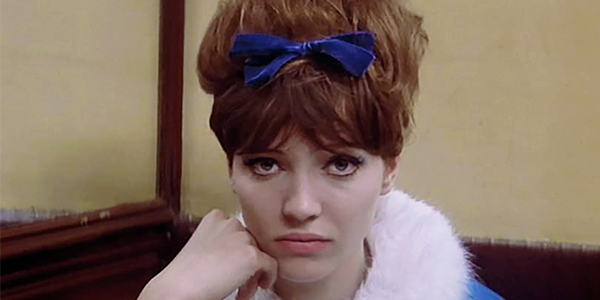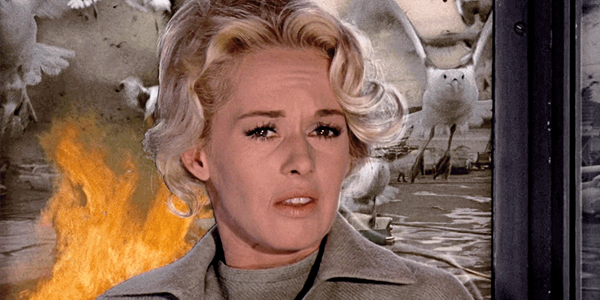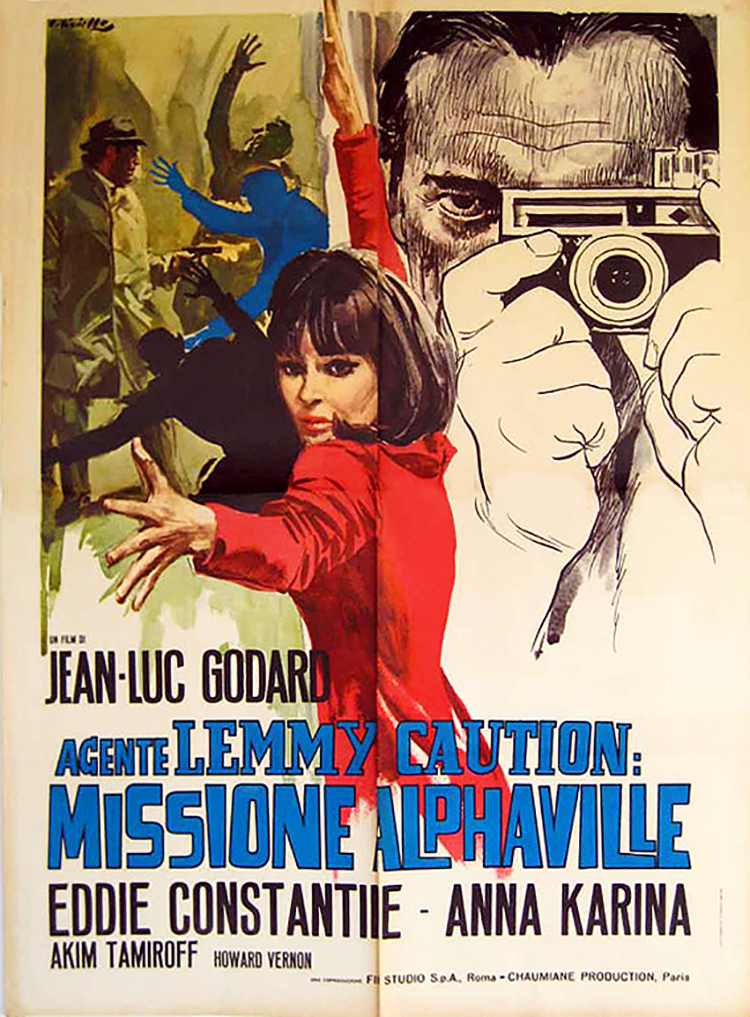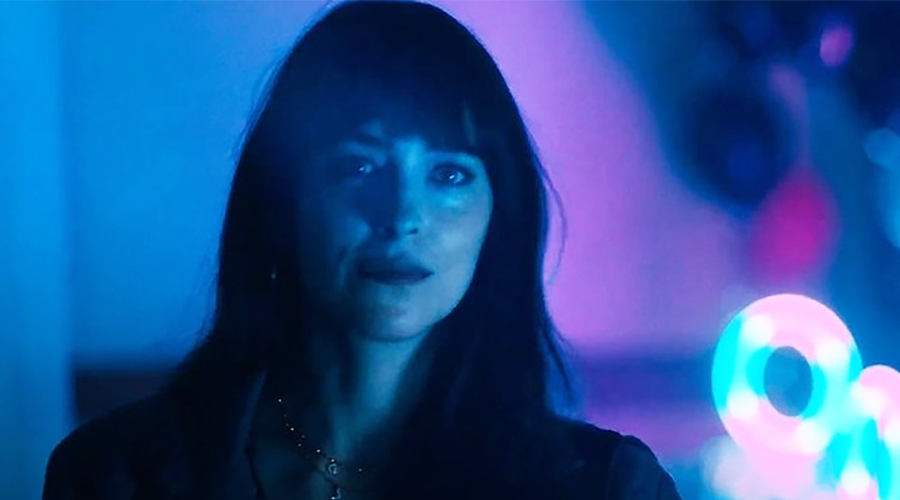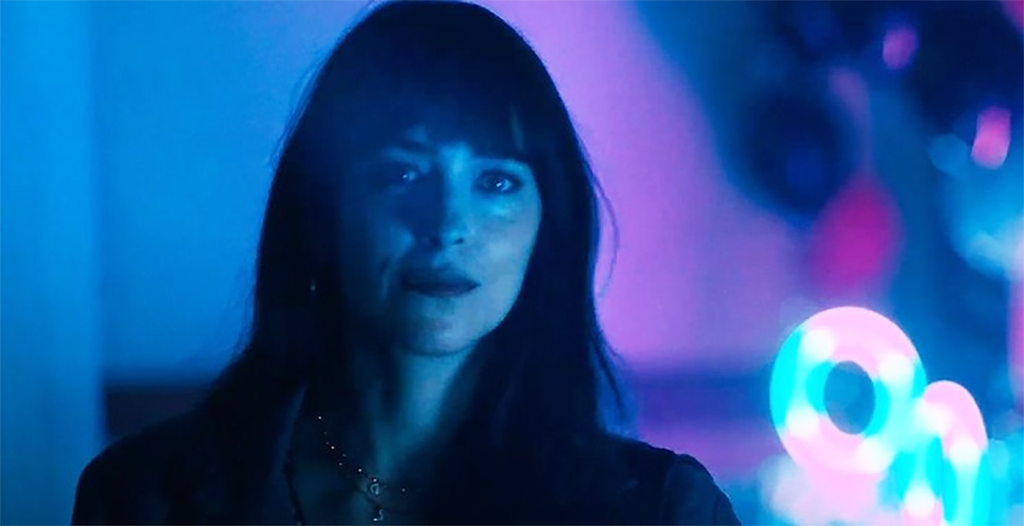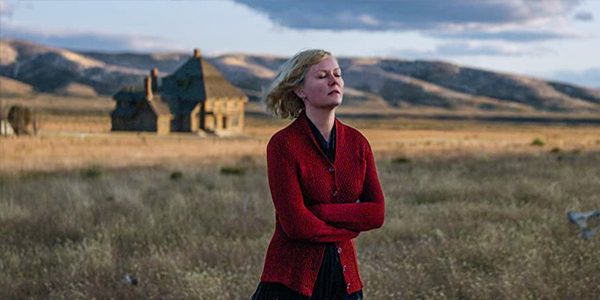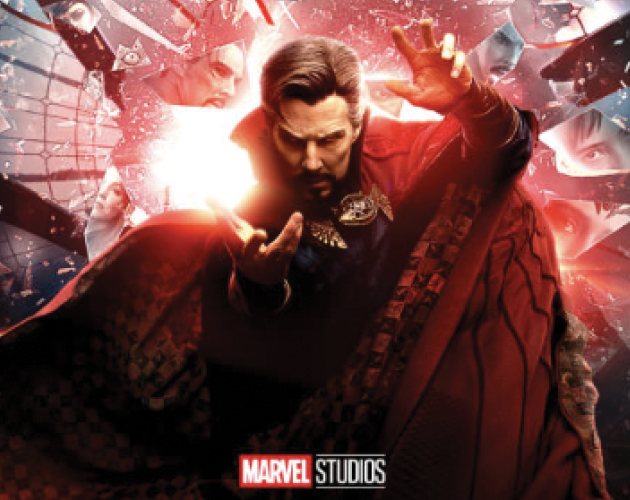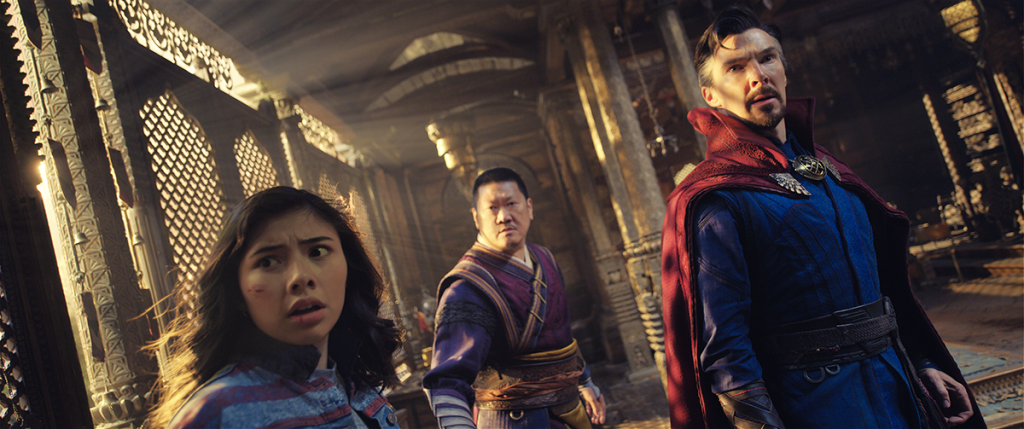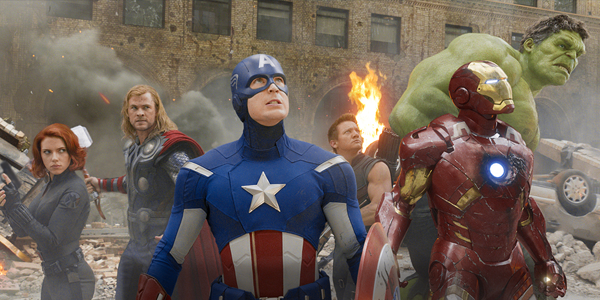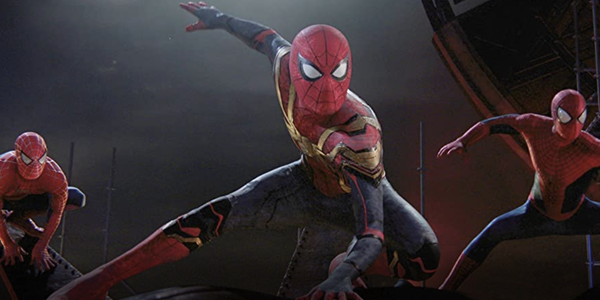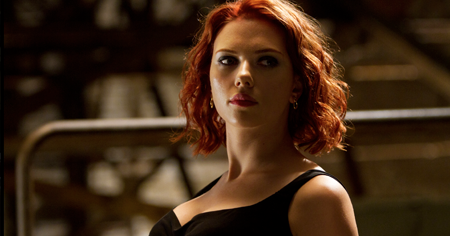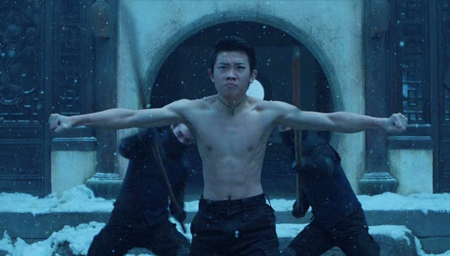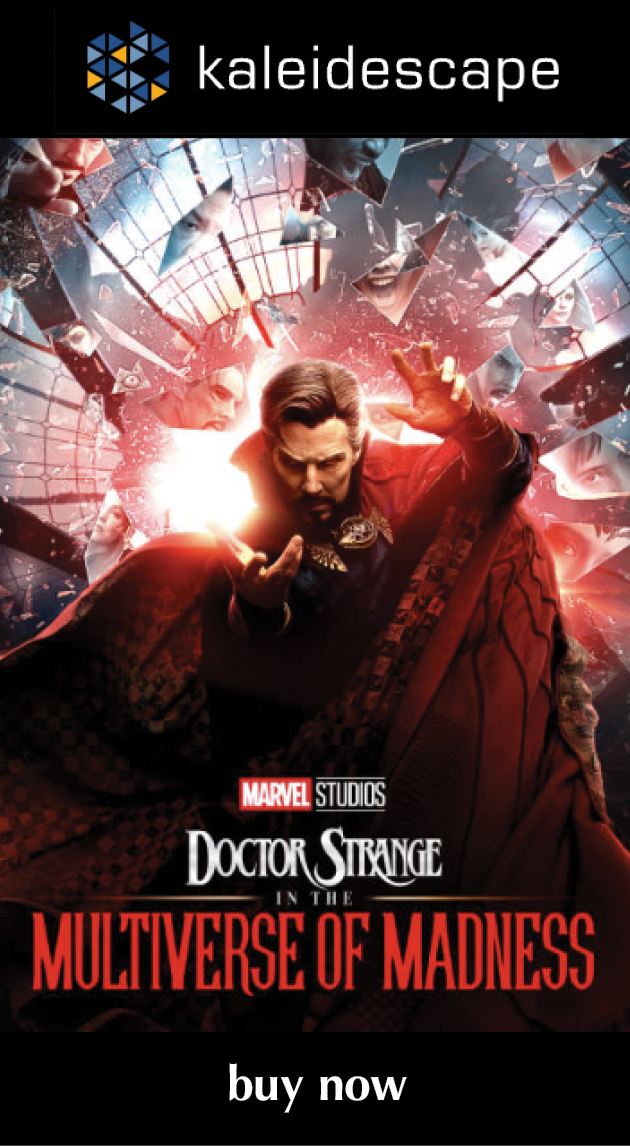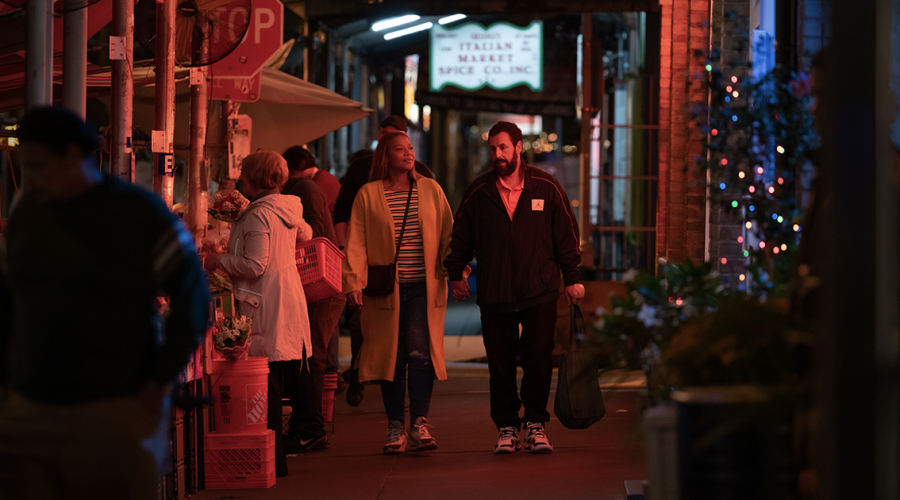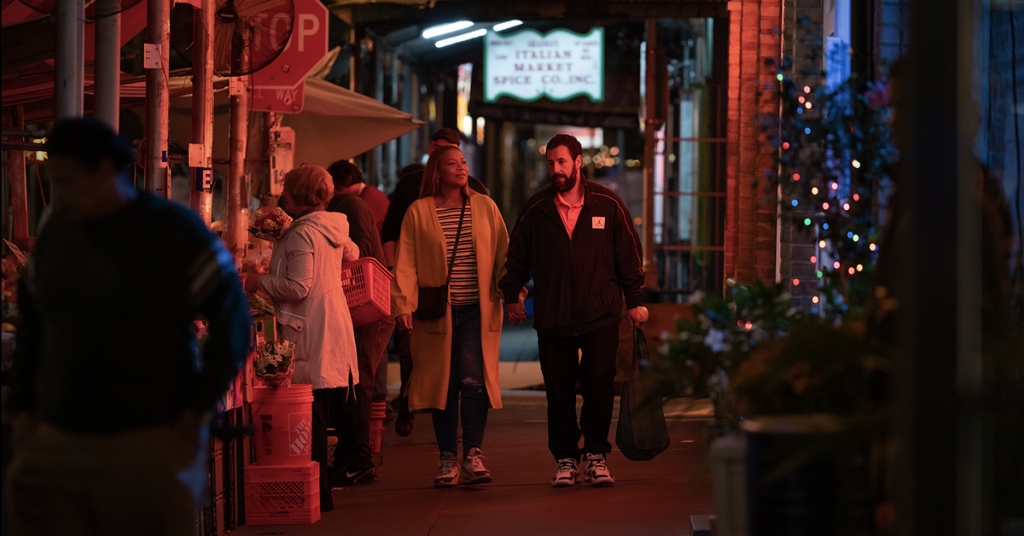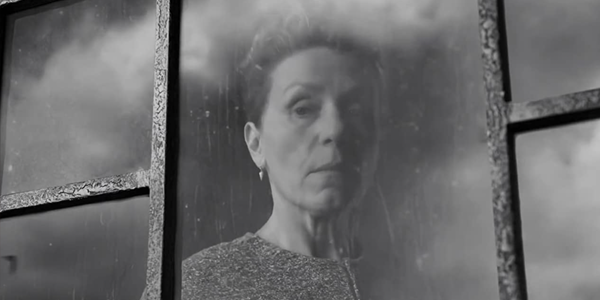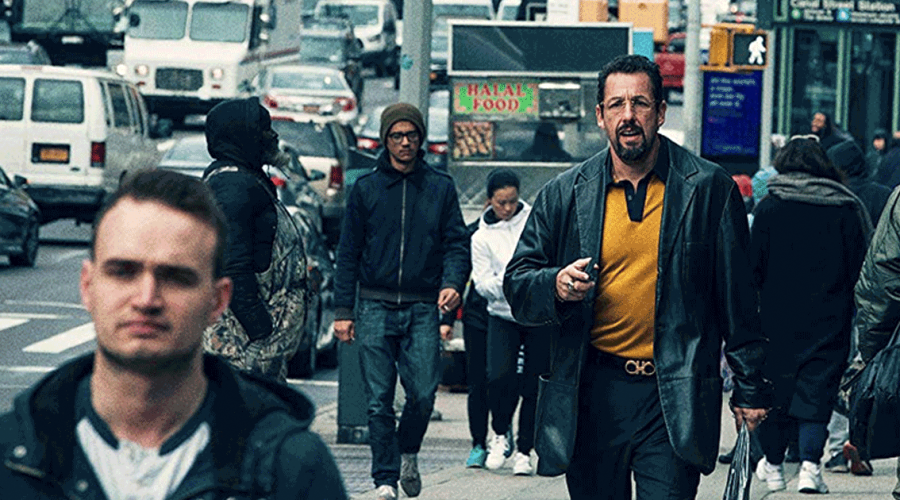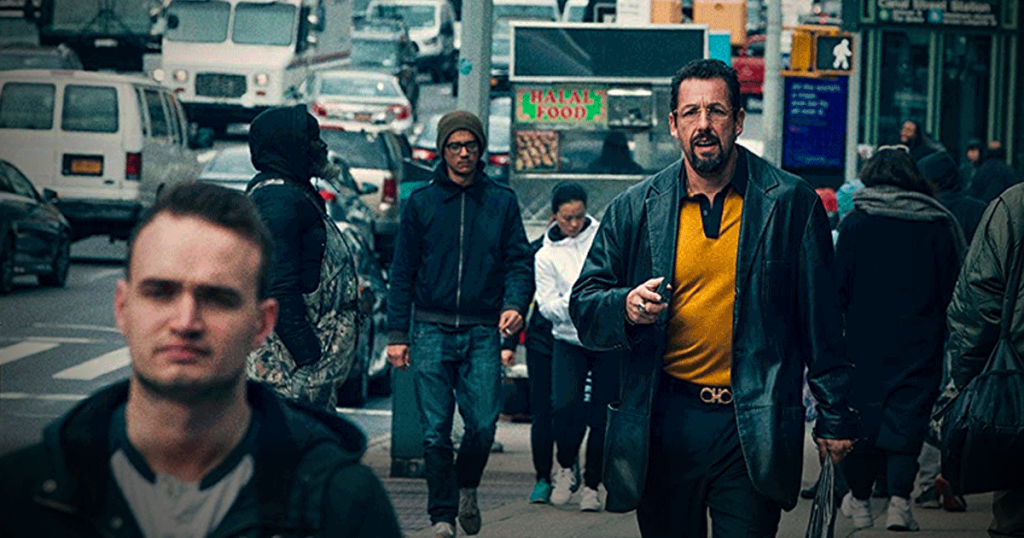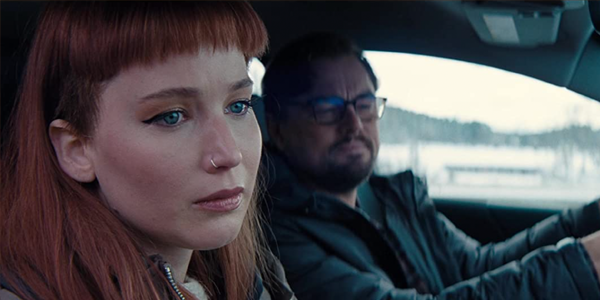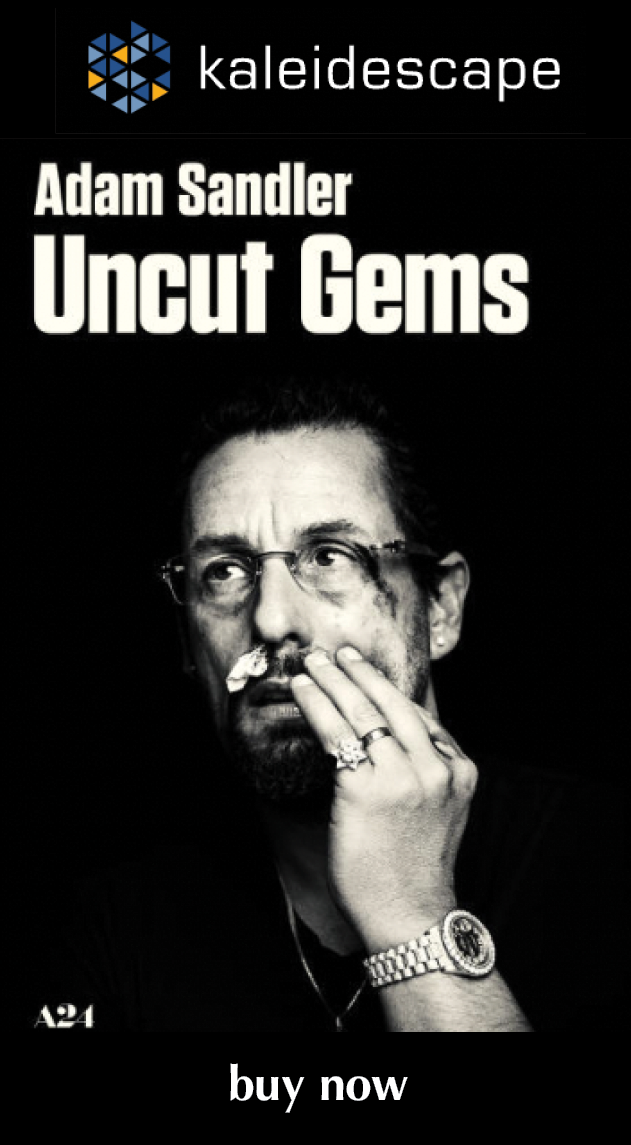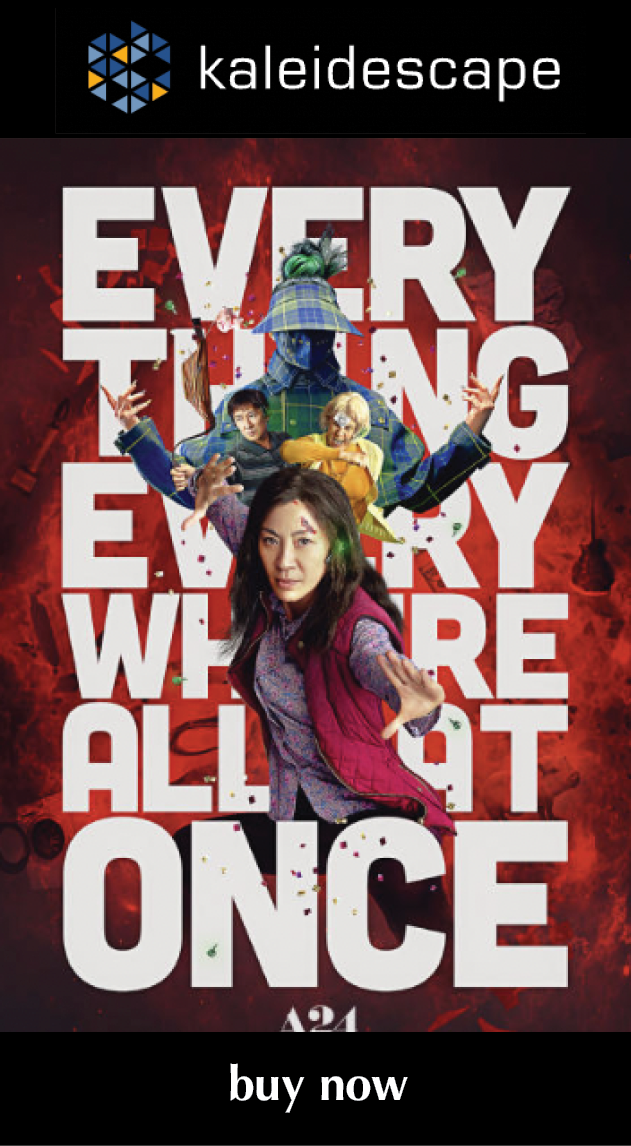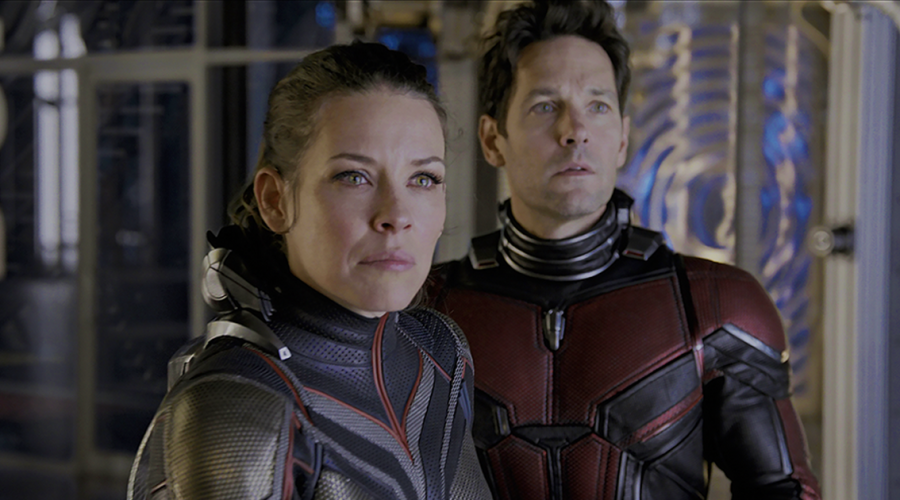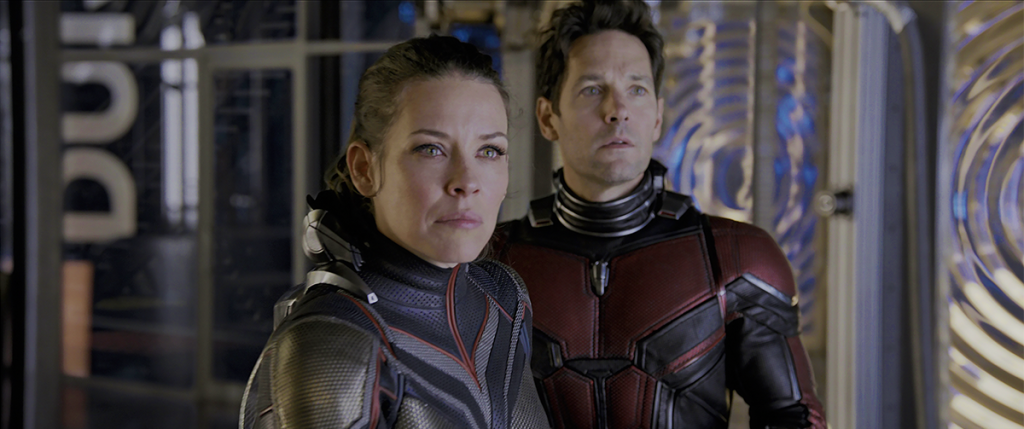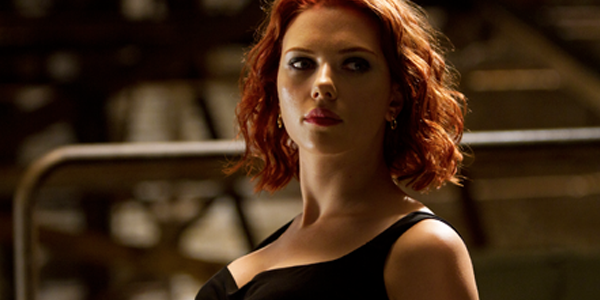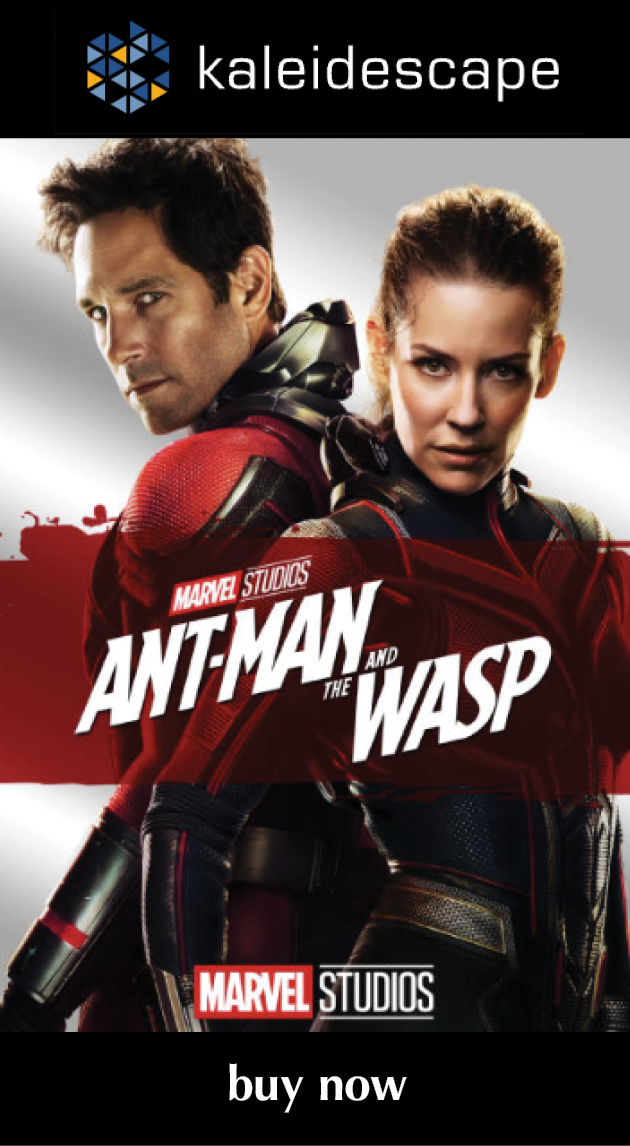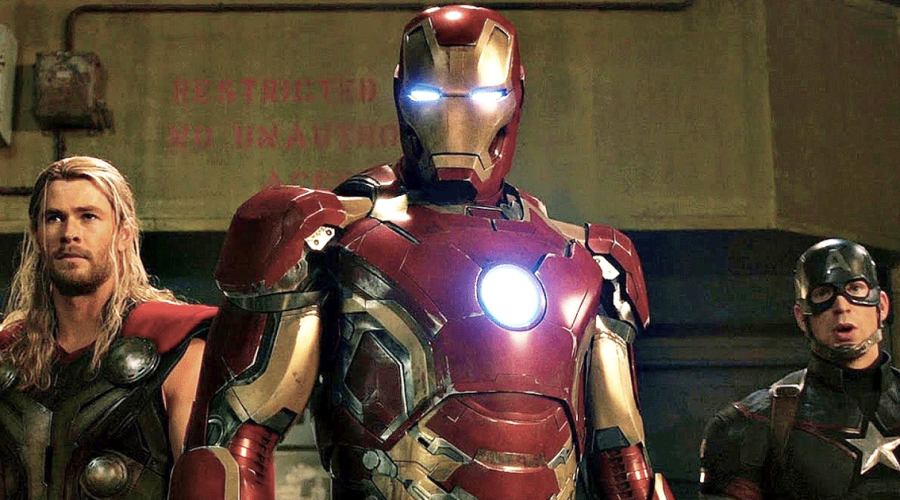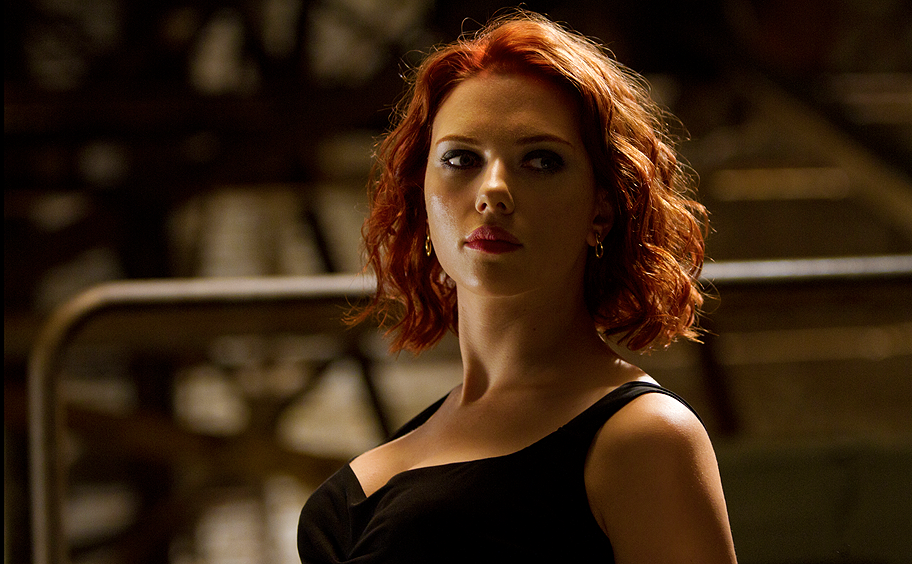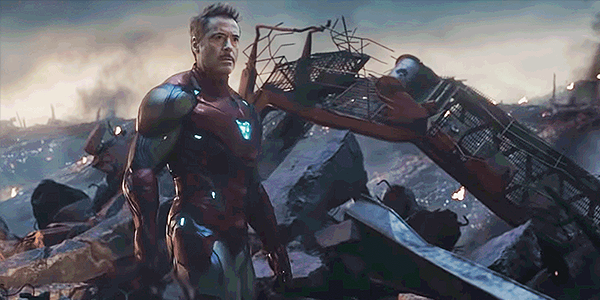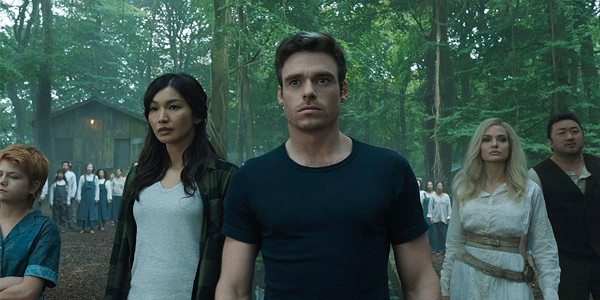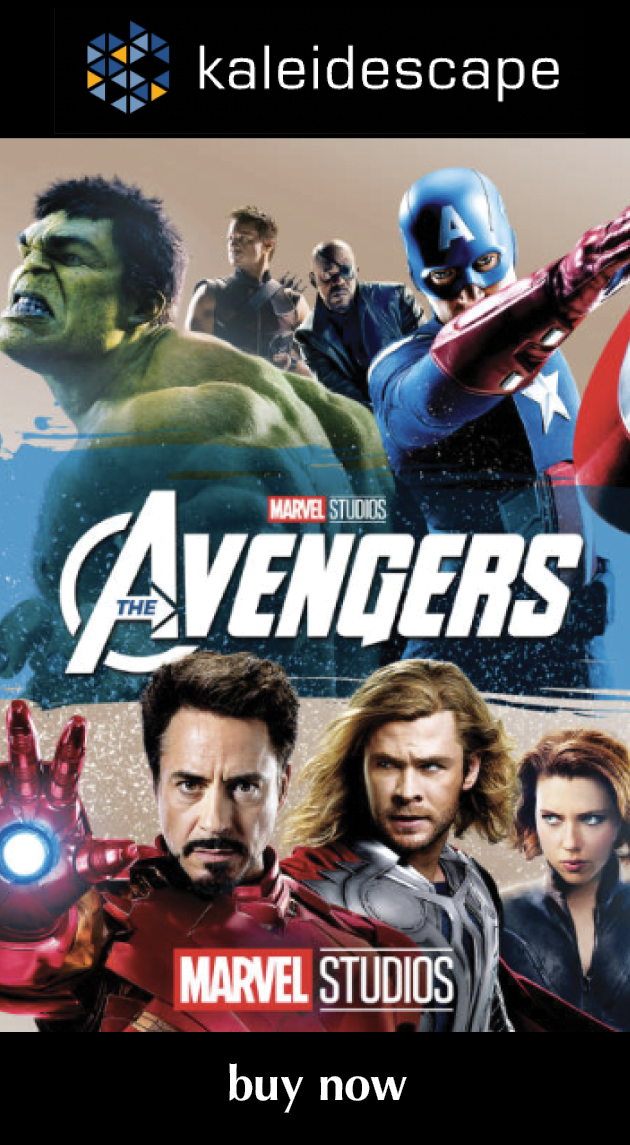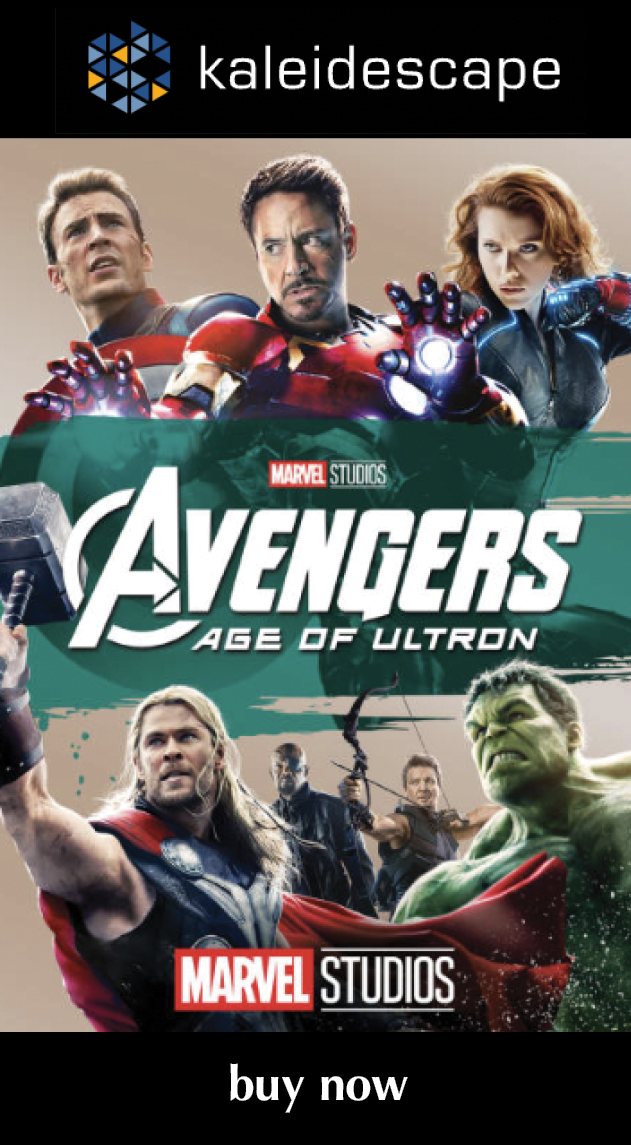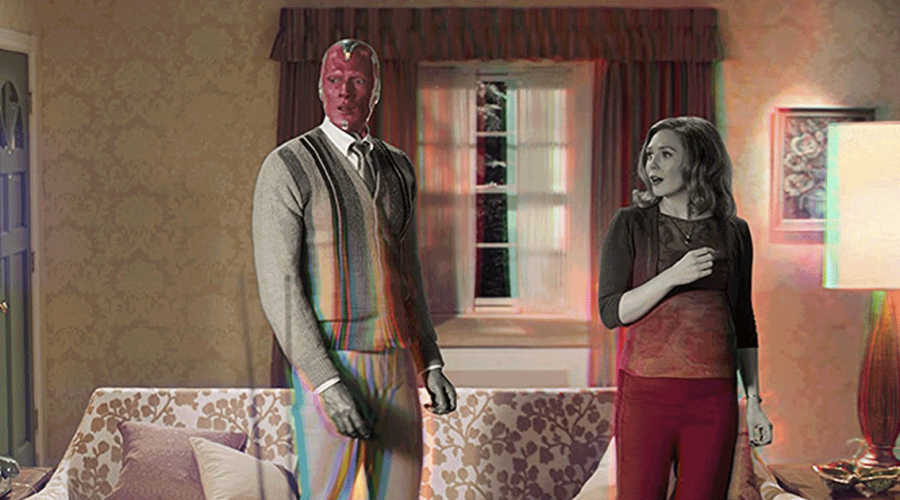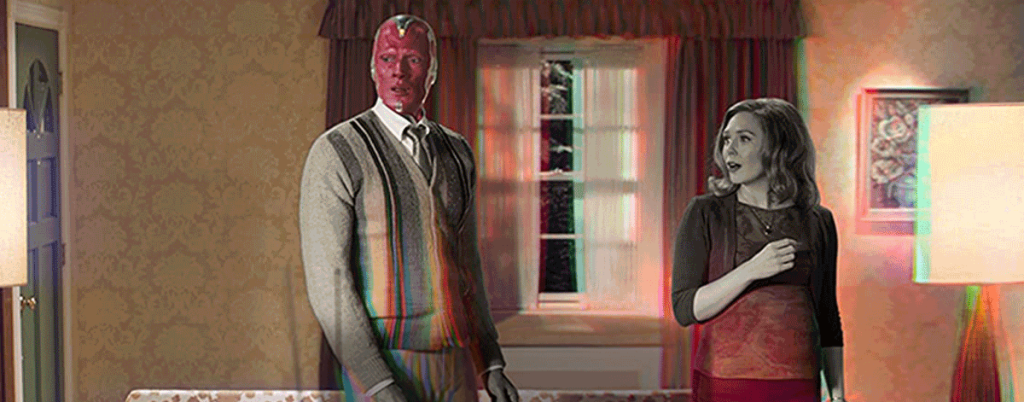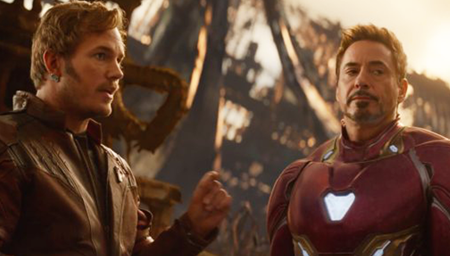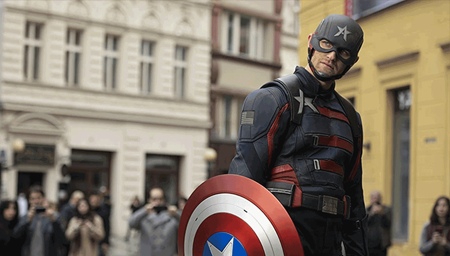Review: Downton Abbey
recent reviews
Sign up for our monthly newsletter
to stay up to date on Cineluxe
The popular PBS series translates well to the bigger screen in this stunning 4K HDR transfer
by Dennis Burger
November 27, 2019
Home cinema fans are increasingly being presented with something of a dilemma: Buy into the digital home video release of a film a few weeks early and miss out on some enticing bonus features or wait and buy the full-fledged disc release, complete with all of the supplemental trappings but yet another damned box to clog our shelves.
In the case of Downton Abbey—the big-screen continuation of the smash-hit ITV/PBS soap opera about the decline of the aristocracy in post-Edwardian England—the calculus gets a little more complicated. While it’s true the disc slated for release on December 17 promises to deliver all manner of goodies—from cast interviews to documentaries to deleted scenes to an audio commentary by director Michael Engler—that release will be limited to Blu-ray quality at best. The Kaleidescape release, like all the other digital releases aside from iTunes, presents the film completely devoid of extras, but does come home by way of a 4K HDR transfer.
So, do you go for the best presentation of the film now or do you wait for a lesser presentation that’s backed up by some significant behind-the-scenes insight? (Or, for you Apple TV owners, do you opt for the feature-packed download?)
I can’t answer that question for you, but what I can say is that Kaleidescape’s presentation of this delightful little film is simply stunning. I saw Downton Abbey twice in local cinemas, both times in BigD (a competitor of sorts to IMAX that focuses more on wide-aspect-ratio films) and neither of those experiences came close to the sheer visual splendor of the Kaleidescape download.
That is largely due to the fantastic (although subtle) use of high dynamic range, which gives the image more pop, depth, and sparkle when such is called for. The cinematography of Downton Abbey was always one of its most undeniable strengths on the small screen, and this big-screen continuation doesn’t stray far from the style of the series. But Kaleidescape’s presentation does make me wish someone would go back and do an HDR grade for all six seasons.
One substantial way the look of the film differs from the series, aside from the HDR, is its aspect ratio. While the show was framed for 16:9 TVs, the film is presented in 2.39:1, and this does make a substantial difference in how things are framed. Wider, longer shots of the estate and the adjacent village plant Downton Abbey more firmly in its geographical surroundings. Dinners, of which there are of course plenty, also feel quite different in the movie as compared with the series. With a wider canvas to play with, cinematographer Ben Smithard manages to make each table feel like a continent instead of a collection of loosely interconnected islands.
I can’t say for certain whether this transfer was taken from a 4K digital intermediate, but I have to imagine it was, as it wants for nothing in terms of detail. I can, on the other hand, say for certain that it was shot digitally on Sony Venice cameras, which are capable of capturing images at up to 6K resolution in 2.39:1. Forget the pixel count, though. What matters is that Downton looks better than ever here, in terms of sharpness, shadow detail, depth of field, contrast, and color. The largely brown-and-grey palette, punctuated by golds, reds, oranges, and lavenders throughout, is delivered with all the lushness and warmth it deserves, and skin tones are spot on.
It should come as no surprise that the DTS-HD Master Audio 5.1 soundtrack is a largely front-focused affair, although it does lean on the surround channels a good bit to accentuate John Lunn’s iconic and familiar score. Aside from that, the surround soundstage does come into play occasionally to accentuate ambience, be it the chirping of birds or the exuberant crowds at the royal parade; but by and large you won’t be pulling this one out to blow anyone’s hair back or shake their britches legs. For the most part, this is a dialogue-and-music-driven mix, and the lossless 5.1 track renders it with wonderful clarity and richness.
It should probably go without saying that the Downton Abbey film is primarily aimed at those who are already smitten with the characters and locations (which are, in some respects, characters in and of themselves). In many ways, it feels like a Christmas special for a seventh season that never existed. (For the uninitiated: Each season for Downton Abbey since Season Two was bookended by a made-for-TV movie with a bigger budget and longer running time, broadcast on Christmas Day in the U.K. and presented as a special season finale when each year’s crop of episodes was broadcast a few months later here in the Colonies.)
I can’t see the film through anything other than the eyes of a longtime devotee, but I have to imagine those who haven’t seen the series will be a little confused by stray references to characters who aren’t introduced and relationships that aren’t spelled out for new viewers. Of course, little of this is essential to understanding the plot of the film, which is pretty self-explanatory. The King and Queen are coming to Downton, and everyone is all aflutter. Who forgot to polish the silver? Who’s responsible for cooking the big dinner? Who’s going to be whose heir? What personal tragedy will befall poor Lady Edith this time?
The magic of Downton Abbey (as both a series and film) is that, like the best of the Merchant Ivory catalog it so evokes, it manages to make such low-stakes controversies seem like a Big Deal. And the details of the plot are, as always, secondary to the wonderful character interactions and performances, especially from Dame Maggie Smith, who seems bound and determined to make this, likely her last turn as the Dowager Countess of Grantham, the performance of her life.
Thematically speaking, the screenplay by showrunner Julian Fellowes does tinker with the Downton formula a bit. The series has always ultimately been about the conflicting forces of progress and tradition, and that remains true here. As always, this struggle is presented without a thumb on the scales, and those two opposing points of view don’t split across upstairs/downstairs lines as you might expect. There are agents of progress both in service and in the aristocracy, and bastions of tradition above and below the main floor. What makes the movie a bit of cheeky fun is that Fellowes pushes many of the characters into positions of role reversal, with traditionalists defending a bit of change and change-seekers going to bat for the way things have always been done, right and proper.
When you get right down to it, the Downton Abbey film feels like returning home for a big holiday dinner. If you’re part of the family, it can be a wonderful exercise that recharges the soul. If you’re new to the family, you can feel a little awkward and out of sorts. In this case, though, the family happens to be so delightful that many a newcomer (if they bother to watch this film at all) will be drawn in enough to explore the entire run of the show, if only to have a better understanding of the relationships at the heart of this wonderful little melodrama.
Dennis Burger is an avid Star Wars scholar, Tolkien fanatic, and Corvette enthusiast who somehow also manages to find time for technological passions including high-end audio, home automation, and video gaming. He lives in the armpit of Alabama with his wife Bethany and their four-legged child Bruno, a 75-pound American Staffordshire Terrier who thinks he’s a Pomeranian.
PICTURE | Kaleidescape’s presentation is stunning due to the fantastic (although subtle) use of high dynamic range, which gives the images appropriate pop, depth, and sparkle
SOUND | The DTS-HD Master Audio 5.1 soundtrack is largely front focused, although it does lean on the surround channels to accentuate John Lunn’s iconic and familiar score
© 2023 Cineluxe LLC
